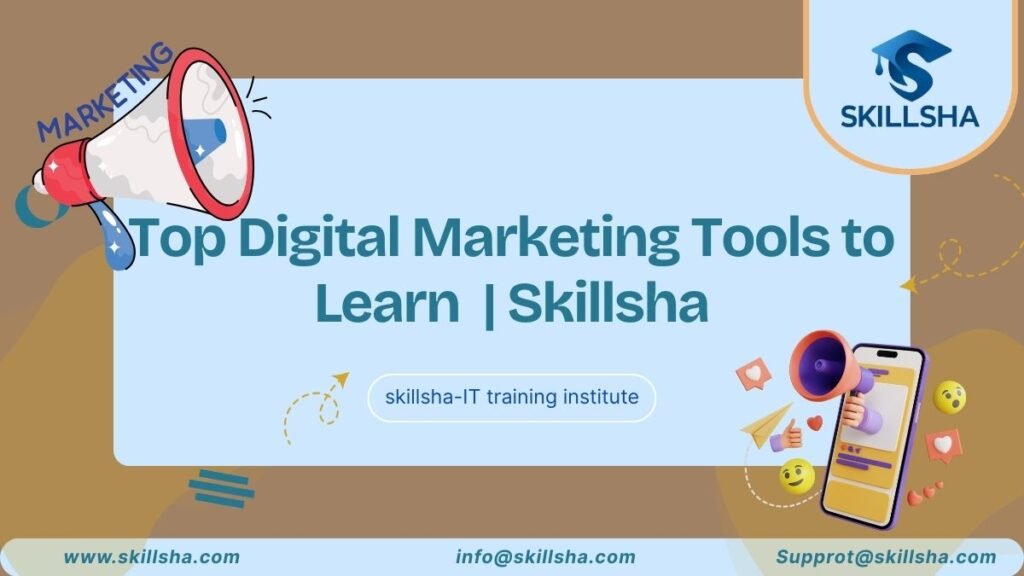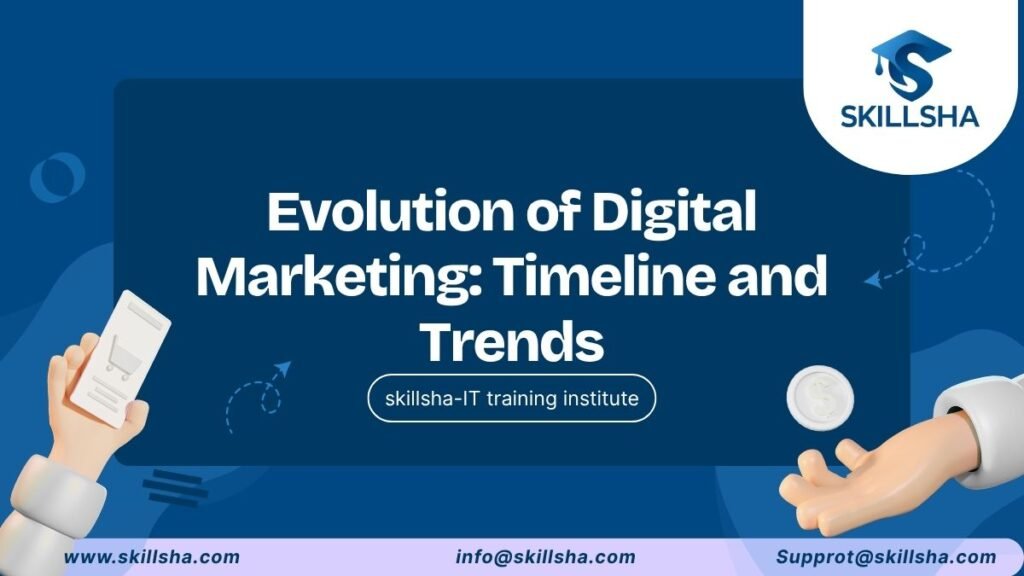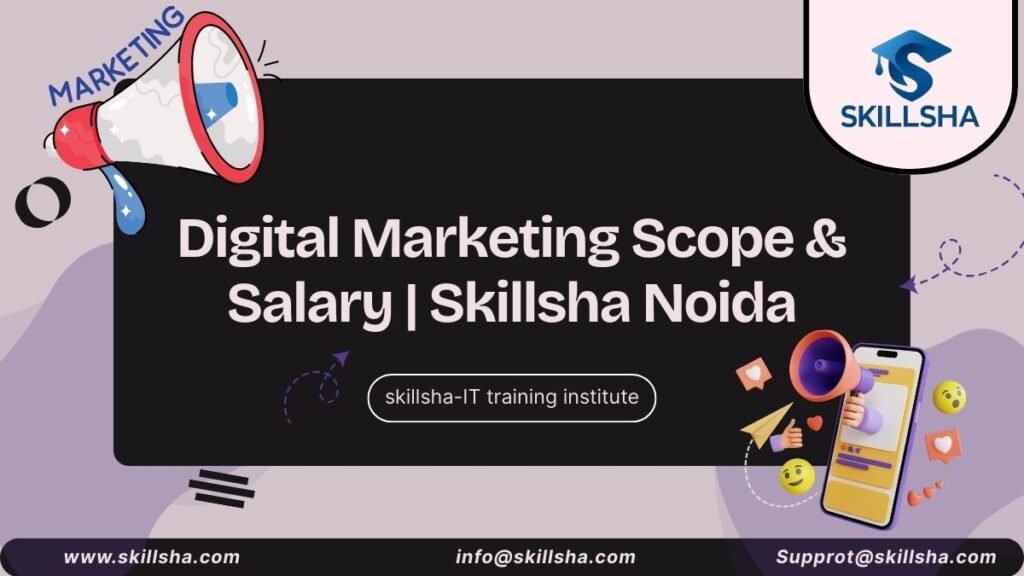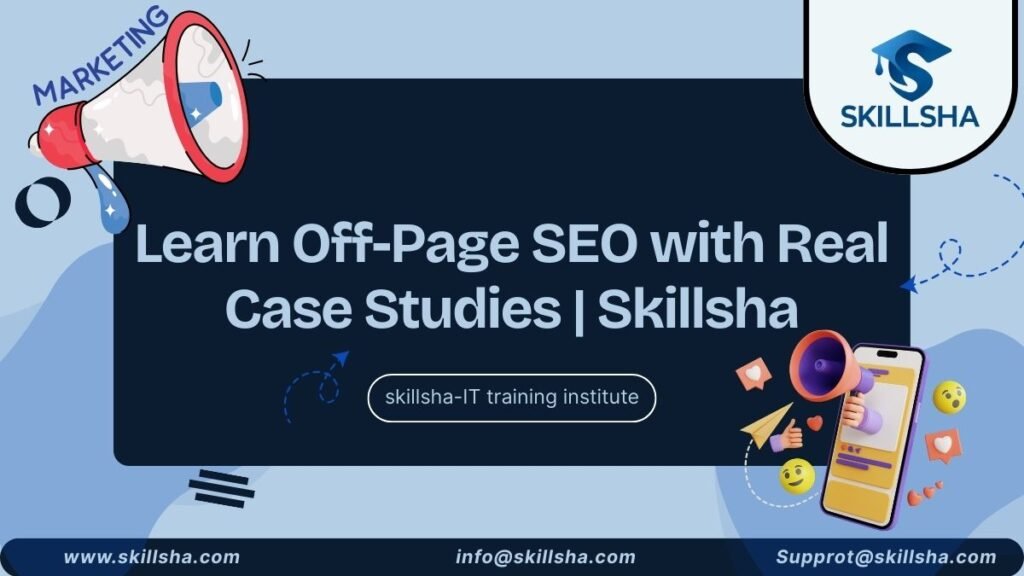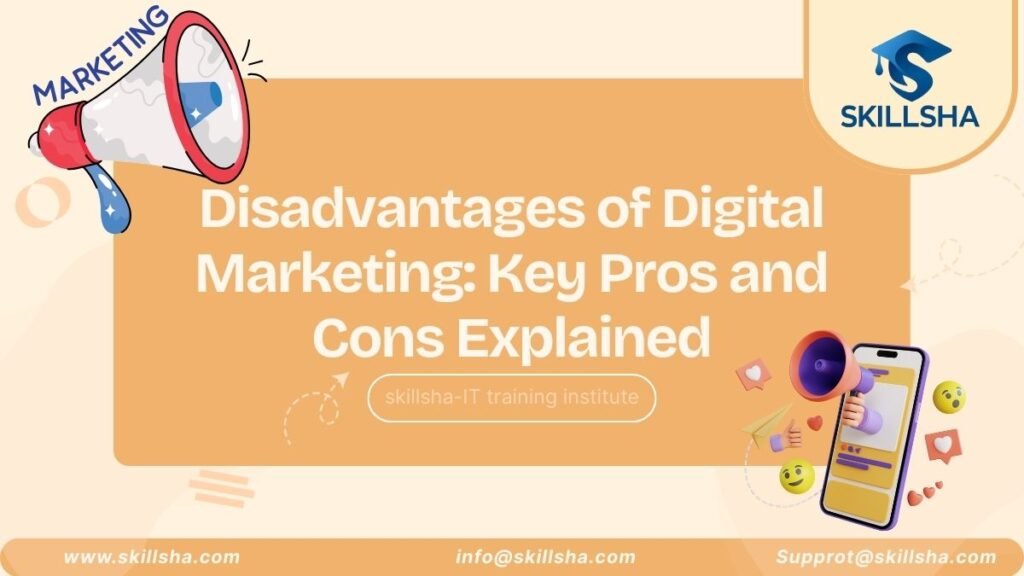Digital marketing is changing super fast, and keeping up is key. In 2025, if you’re still using old tools, you might be falling behind. Whether you’re a marketing pro or thinking about taking that digital marketing course at Skillsha in shahjahanpur, you need to know what tools will be big to get ahead in your job.
What’s great about digital marketing is that you can measure everything and change plans easily. Unlike old-school marketing, you get instant feedback, target exactly who you want, and switch gears right away. But with all this, you need to learn the right tools to do it all well.
The Current State of Digital Marketing Tools
Digital marketing has really grown up; it’s not just about throwing stuff on social media or sending out emails anymore. Now, marketers need tools that can automate a lot of stuff, give them really good analytics, and work with all sorts of platforms. The cool tools in 2025? They all seem to have AI, are easy to use, and play well with everything.
If you’re thinking about learning more through a program like Skillsha’s Digital Marketing course in shahjahanpur, here’s something cool: these tools are getting easier for everyone to use. You don’t have to be a computer geek to use AI in your marketing. Because this tech is becoming more open, anyone can learn how to use these platforms with the right training.
Essential Analytics and Data Intelligence Tools
Okay, here’s a more human-sounding rewrite:
Google Analytics 4 has totally changed how we follow and get user habits. It looks at events instead of sessions, giving us a fuller view of what customers do. It also uses machine learning to guess what users will do and spot patterns we might miss.
Adobe Analytics is still a top choice for big companies analyzing data. It processes info in real-time and has great ways to split up data, which big organizations totally need. People really seem to like that it works well with other Adobe Creative Suite stuff, making it easy to go from looking at data to making cool stuff.
Hotjar is now a favorite for marketers who want to know not just what users are doing things, but why. Its heatmaps and session recordings give real-world views that add to the numbers from other programs. The new Hotjar stuff has better AI insights that can automatically find patterns in what users do.
If you’re taking a full course like Skillsha’s Digital Marketing course in shahjahanpur, knowing these programs is super important because they’re the basis for decisions based on data. Without good analytics in place, even the most creative campaigns might not get results you can measure.
Social Media Management Powerhouses
Buffer’s grown up a lot! Now it does way more than just schedule posts. The analytics give you the lowdown on competitors and suggest the best times to post, based on when your audience is online. Plus, it’s great for teams juggling a bunch of social media accounts.
Hootsuite is still a big deal for bigger businesses that need to keep a close eye on everything and get people involved. Being able to manage all your social media from one place is a huge time-saver for marketing teams. They’ve recently added some cool AI stuff for suggesting content and tools to handle any PR nightmares.
Sprout Social is all about chatting with customers and building relationships. Their social listening is seriously good – they don’t just watch social media, they keep tabs on what’s being said all over the internet. And the reports they make can help show the higher-ups why social media is worth spending money on.
Email Marketing and Automation Champions
Mailchimp has changed a lot. It’s not just for email anymore; it’s now a full marketing automation tool. The drag-and-drop email builder and segmentation let you make really personal campaigns, even if you’re sending out a ton of emails. It works well with online stores like Shopify, so many online retailers love it.
HubSpot’s email tool works with their whole CRM system. This makes it super handy if you want your marketing and sales teams on the same page. The lead scoring and nurturing are pretty advanced. You can set up workflows that take potential customers all the way through the sales process.
ConvertKit is great for bloggers and online teachers. The tagging system is easy to use but gives you a lot of control. You can make focused campaigns based on what your subscribers do and like. The automation is set up for content creators, with templates for things like launching a course or promoting products.
At Skillsha’s Digital Marketing course in shahjahanpur, students are taught that email marketing still gives you the best return for your money, even though it has been around for a while. If you want a solid digital marketing plan, you have to learn how to use these platforms.
Content Creation and Design Tools
Canva Pro is changing the game for design. With its AI tricks like removing backgrounds and resizing stuff, even people who aren’t designers can crank out great-looking graphics. Plus, the brand kit feature keeps everything consistent, which is super important for getting your brand noticed.
Adobe Creative Suite is still the go-to for pros. Photoshop, Illustrator, and Premiere Pro are still top-notch when it comes to getting creative. And now that they’ve added AI features like Content-Aware Fill and Auto Reframe, they’re a bit easier to use, even if you’re not a design expert.
Loom has totally flipped how marketers use video. Being able to record your screen and send video messages is awesome for personal outreach, product demos, and keeping everyone in the loop at work. And the analytics tell you exactly who’s watching your videos and for how long, so you can see what’s working.
SEO and Content Marketing Essentials
Ahrefs is still a favorite for SEO folks and content creators. It’s great for keyword research, and Site Explorer gives you a solid look at what the competition is up to. Plus, Content Explorer helps you spot popular topics and content styles in any area.
SEMrush isn’t just for SEO anymore; it’s now a full-on digital marketing toolbox. Its ad research tools let you see what rivals are doing in both unpaid and paid search. Also, its social media tracking and content checkup tools are good for overall marketing plans.
BuzzSumo is all about finding cool content and digging into social media stats. The way it finds trending stuff and big names in certain areas makes it super useful for planning content and contacting influencers. And the alerts tool keeps you in the loop on what people are saying about your brand and what’s happening in your industry.
Paid Advertising Platforms
Google Ads is always getting better with smarter automation and machine learning. Stuff like Smart Bidding and Responsive Search Ads makes it simpler for marketers to get their campaigns on point. And because it works with Google Analytics, you get a great look at how your campaign is doing.
Even with the recent iOS changes, Facebook Ads Manager is still a big deal for advertising on social media. You can really target who you want, test out all sorts of ad ideas, and reach just the right people with ads made just for them. Plus, the Lookalike Audiences thing helps you find new folks who are just like your current customers.
For B2B marketers, LinkedIn Ads is now a must-use. You can target people based on their job, what industry they’re in, and how big their company is. It’s way better than other places. Also, they now have conversation ads and ways to promote events, so it’s not just your typical display ads anymore.
The people who finish Skillsha’s Digital Marketing course in shahjahanpur know that getting good at these ad platforms is super important. Paid advertising is usually the speediest way to success, while organic strategies are getting started.
Conclusion
In 2025, digital marketing is a mix of tough stuff and big chances, totally different from before. The tools we have now are stronger, easier to get, and work together better than ever. But just having tools isn’t enough to be a good marketer. It’s about thinking smart and using those platforms creatively to get things done.
Whether you want to get ahead in your job, switch to digital marketing, or just keep up with what’s new, you have to get good with the tools. The marketers who do well are the ones who always want to learn, not just because they have to, but because it’s part of who they are.
If you’re in shahjahanpur, the Digital Marketing course at Skillsha gives you a great base, teaching you both how to use the tools and how to use them strategically. The course is hands-on, so students finish with real experience using the important platforms in the market today.
The digital marketing tools made for 2025 are made to let businesses of any size use tricky marketing plans. By getting good at the right mix of data smarts, automatic systems, content making, and customer tools, marketers can make campaigns that are both fast and successful. Learning these platforms is worth it, helping you move up in your job, making your campaigns better, and making you happier at work.
Frequently Asked Questions (FAQs)
Which digital marketing tool should beginners start with first?
Google Analytics 4 is the best starting point as it provides the foundation for understanding all other marketing efforts and their effectiveness.
Are expensive tools always better than free alternatives?
Not necessarily. Many free tools like Google Analytics, Google Ads, and HubSpot’s free CRM offer robust features that can meet most business needs initially.
How long does it take to become proficient in digital marketing tools?
With consistent practice, most marketers can achieve basic proficiency in 2-3 months, while advanced mastery typically takes 6-12 months of regular use.
Should I learn all these tools or focus on specific categories?
Focus on one tool from each major category (analytics, social media, email marketing, and SEO) initially, then expand your toolkit based on career goals and industry requirements.
Do digital marketing courses really help with tool mastery?
Yes, structured courses provide guided learning, hands-on practice, and industry context that make tool mastery more efficient and comprehensive than self-learning alone.

